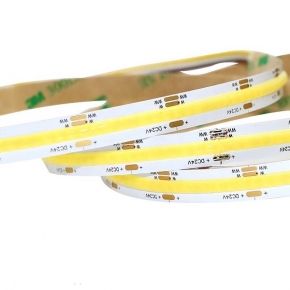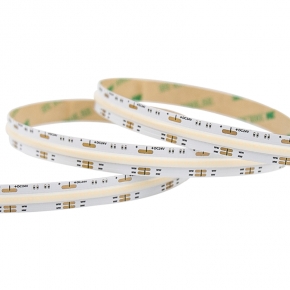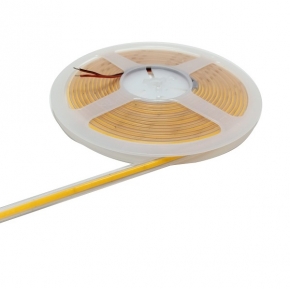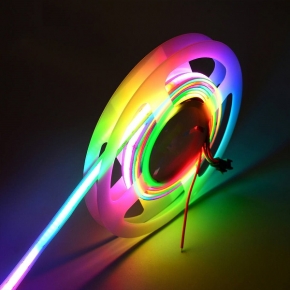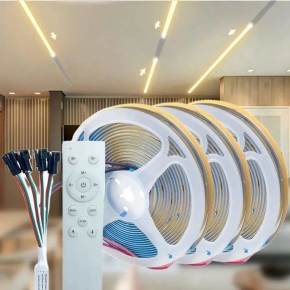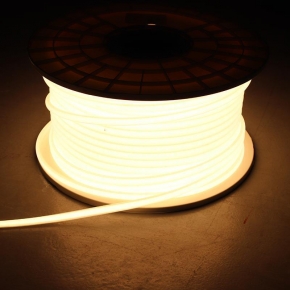Powering Your LED Strip Lights with Batteries: A Comprehensive Guide
LED strip lights have become increasingly popular due to their versatility, energy efficiency, and ability to create ambient lighting in any space. While many people opt to power their LED strip lights through traditional electrical outlets, there are situations where using batteries can be a more convenient and practical solution. In this comprehensive guide, we will explore how to power your LED strip lights with batteries and the various benefits of doing so.

Understanding the Basics
Before diving into the specifics of powering LED strip lights with batteries, it's important to understand the basics. LED strip lights typically operate on DC voltage, commonly 12V. Batteries, on the other hand, can come in various voltages, including 1.5V AA batteries, 3.7V rechargeable batteries, and 12V batteries. To power your LED strip lights, you will need to ensure that the total voltage of the batteries you use matches the voltage requirements of your LED strip lights.
Choosing the Right Battery
1. AA Batteries
AA batteries are common and easily accessible. However, since they typically provide 1.5V each, you will need to connect multiple batteries in series to reach the required 12V for most LED strip lights. For example, connecting 8 AA batteries in series will provide you with a 12V power source.
2. 3.7V Rechargeable Batteries
Rechargeable batteries are a more sustainable option, as they can be used and recharged multiple times. To achieve 12V, you can connect three 3.7V rechargeable batteries in series. This option is particularly convenient for portable applications, as you can recharge the batteries as needed.
3. 12V Batteries
12V batteries are the most straightforward option, as they provide the exact voltage required by many LED strip lights. These batteries are commonly used in cars and can also be found in larger, rechargeable versions suitable for home use.
Battery Boxes and Connections
Once you've chosen your batteries, you'll need a battery box to house them and make connections easier. Battery boxes are designed to safely contain batteries and provide terminals for connecting wires. Make sure to choose a battery box that is compatible with the type and number of batteries you are using.
When connecting your LED strip lights to the battery box, ensure that you match the positive and negative terminals correctly. Incorrect polarity can damage your LED strip lights.
Practical Applications
Using batteries to power LED strip lights offers numerous practical applications. Here are a few examples:
· Basements, Cabinets, and Closets: These areas can be difficult to wire for electricity, making batteries a convenient power source.
· Cars and Campsites: LED strip lights can add a fun and functional touch to your vehicle or camping setup.
· Demo Kits: If you're a seller or distributor, battery-powered LED strip lights make it easy to demonstrate products to clients without needing access to an electrical outlet.
Considerations and Tips
· Battery Life: The lifespan of your batteries will depend on the capacity and type of battery you choose, as well as the power consumption of your LED strip lights. Larger batteries and more energy-efficient LED strip lights will provide longer runtimes.
· Rechargeable vs. Disposable: While disposable batteries are convenient, rechargeable batteries are more environmentally friendly and cost-effective over time.
· Battery Maintenance: Regularly check your batteries for corrosion or wear and replace them as needed.
Order Your LED Strip Lights Today!
Ready to transform your space with battery-powered LED strip lights? Discover our high-quality, energy-efficient LED strip lights designed for maximum flexibility and convenience. Whether you're looking to illuminate your home, car, or campsite, we have the perfect solution for you. Order now and take control of your lighting needs! For inquiries and orders, please contact us at sales2@ledwaylighting.com. We look forward to lighting up your world!

